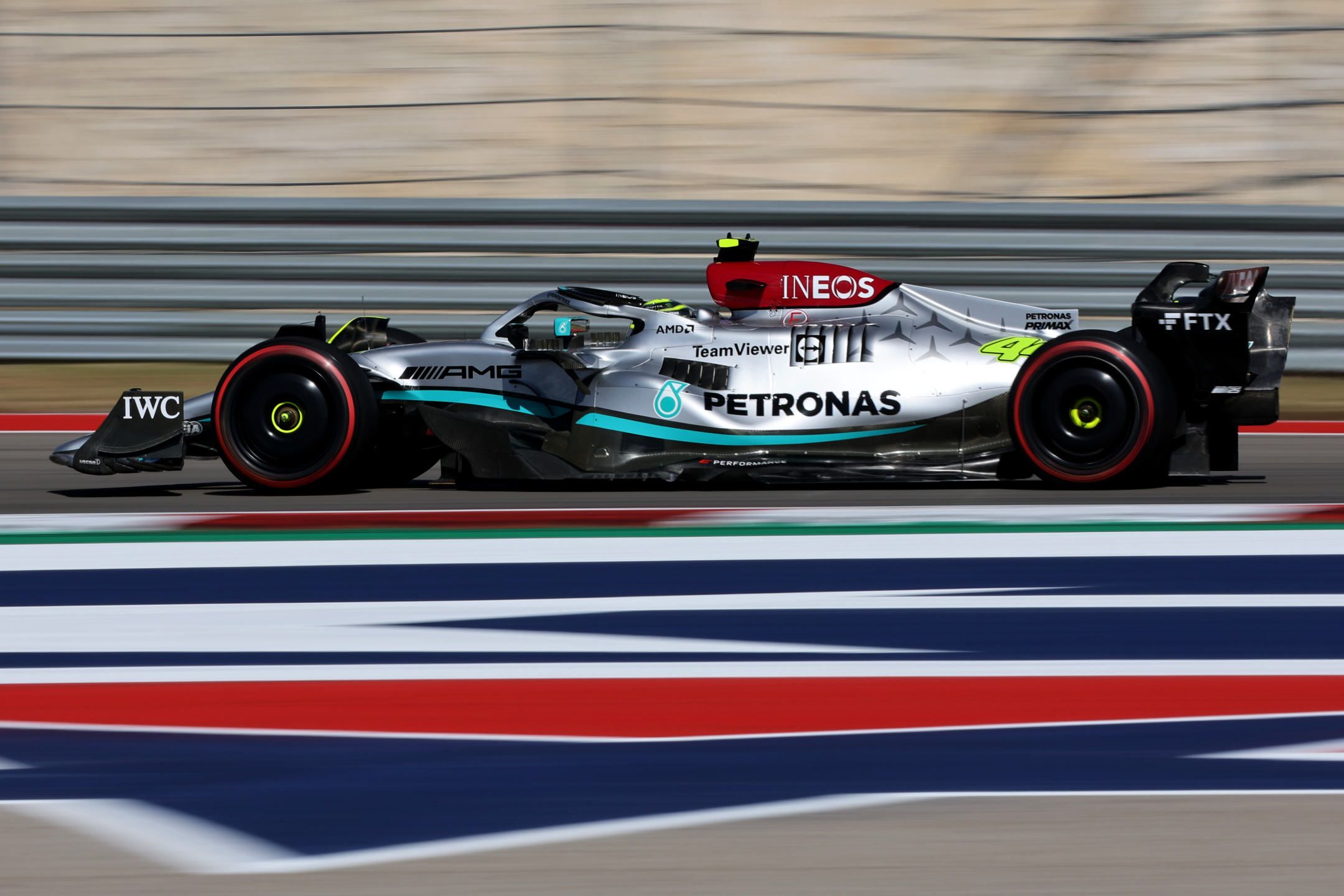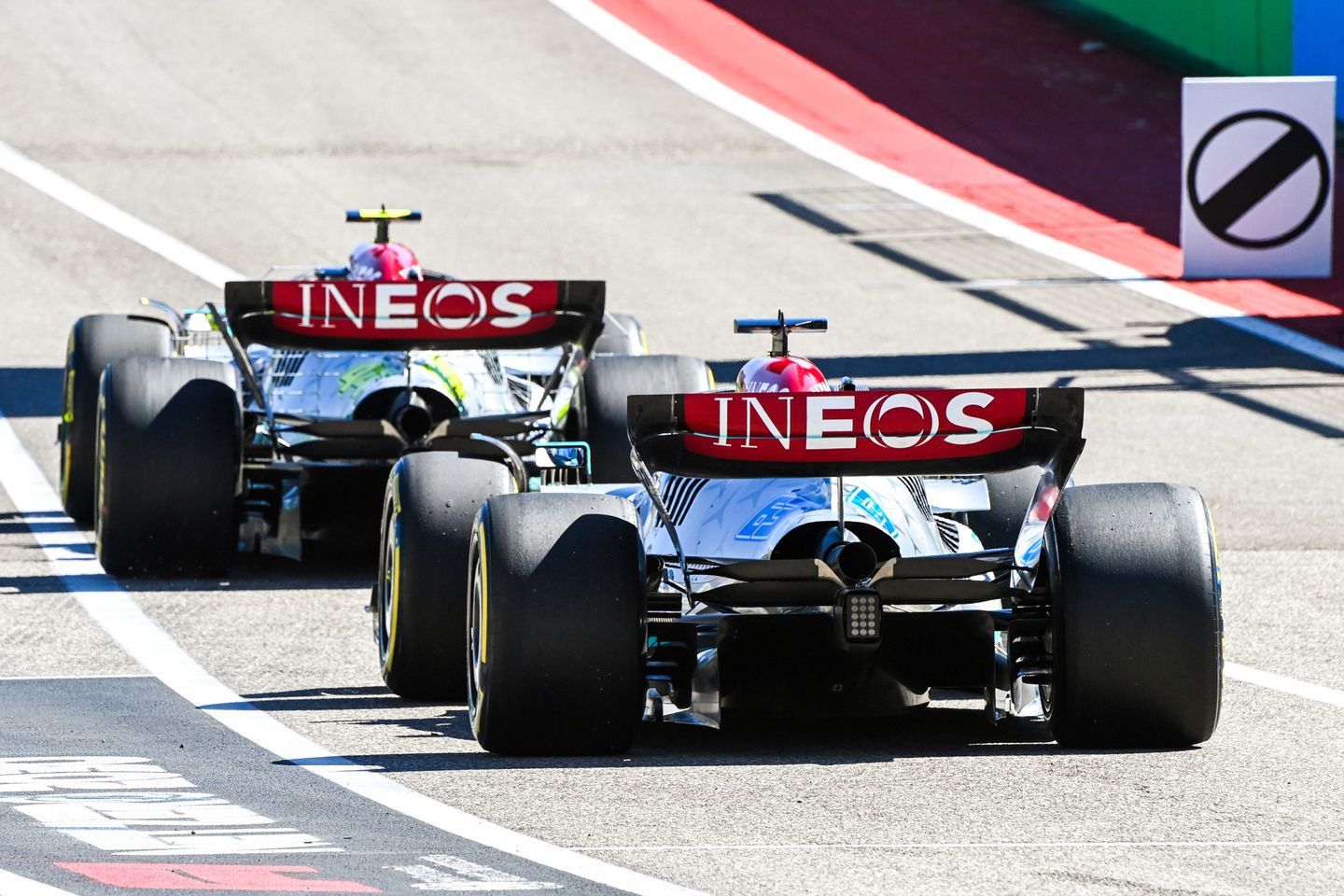Formula One News
Toto Wolff says the “DNA” of Mercedes’ Formula 1 car is going to change in 2023 as it looks to resolve the issues in its W13 chassis.

Mercedes has just three races left to avoid its first winless season in 11 years after struggling to take the fight to Red Bull and Ferrari under the revised technical regulations for 2022.
But the team has made decent progress over the season to get closer to the front runners.
Lewis Hamilton came close to victory in Sunday's United States Grand Prix, aided in part by the final upgrade package of the season for the W13 car. He finished the race second after losing the lead with seven laps remaining.
Mercedes has made clear that the update work it is doing late in the season is intended to help the direction of its car for 2023, which was set to change after finding issues with this year's concept.
"The DNA of the car is going to change for next year, that's clear," said Wolff.
"It doesn't necessarily mean that our bodywork is going to look very different. But certainly what is part of the DNA of the car, the architecture of the car, will change for next year."
Mercedes struggled in the early part of the season with a bouncing problem on the W13 car, only to find a deeper issue that was baked into the design following its first major upgrade at the Spanish Grand Prix in May.
The team has been unable to match the straight-line speed of Red Bull over the year, with the issue again becoming clear in Sunday's race at the Circuit of The Americas when Max Verstappen eased past Hamilton for the lead of the race.

Hamilton said after the race that he thought Mercedes had taken a step in the right direction but noted Verstappen's advantage on the straights.
"I think, under DRS they're like 35 km/h faster than us," he said. "If we're behind them, we're like, 22k faster, I think it is, with DRS on the back straight. So he came from a long, long way back.
"But even without the DRS, I think they're still something like 8 km/h up on us, so we've got a lot of time being lost on the straight, probably four-tenths at least a lap. And so we've got some improvements to make for next year's car."
Mercedes will benefit from increased wind tunnel time for aerodynamic development in 2023 after Red Bull clinched the constructors' championship on Sunday.
Should Mercedes remain third in the standings come the end of the season, it would have 14% more wind tunnel running than Red Bull next year - something Wolff felt could offer a decent step.
"From that point, it was a significant disadvantage so far because all of 2021, we were the leading team and then we won the constructors' championship," he explained.
"So all of the first half of 2022 we had 7% less wind tunnel time than the 18 months before of Red Bull and much less than Ferrari. Now it swings the other way around.
"Compared to Red Bull, we're going to have 14% more if we finish third, so that over time is exactly what the regulations were designed for, to give us the potential to eke the advantage out, to claw it back."